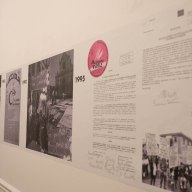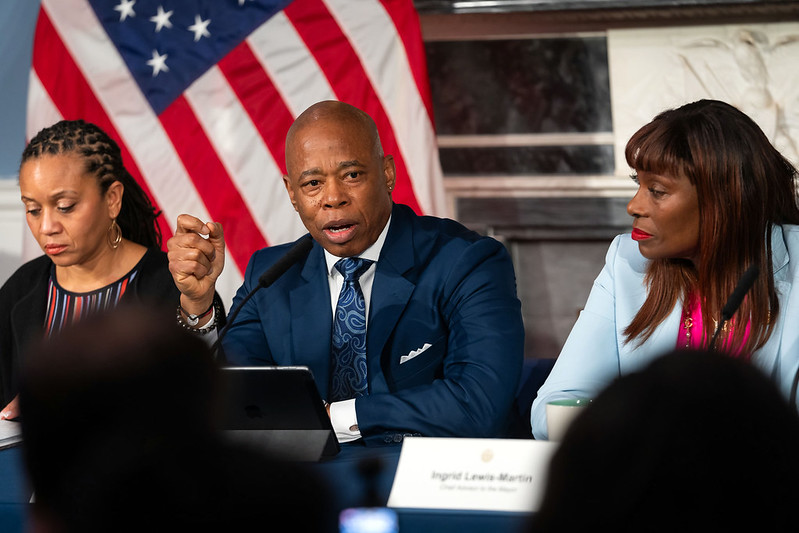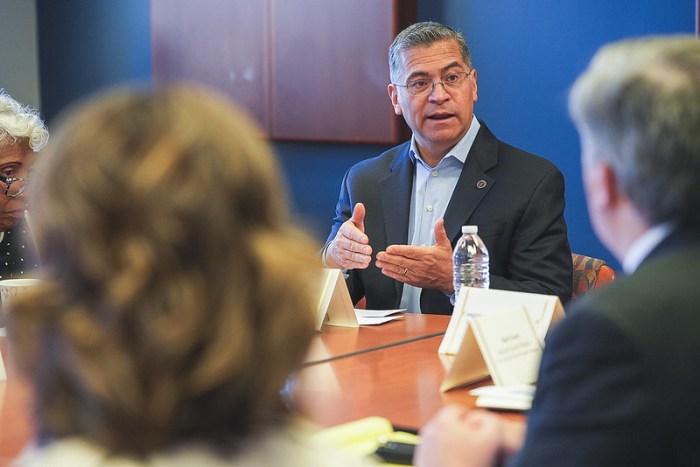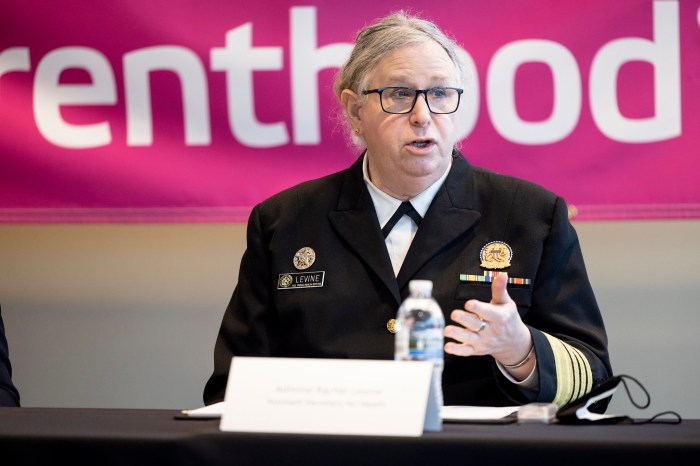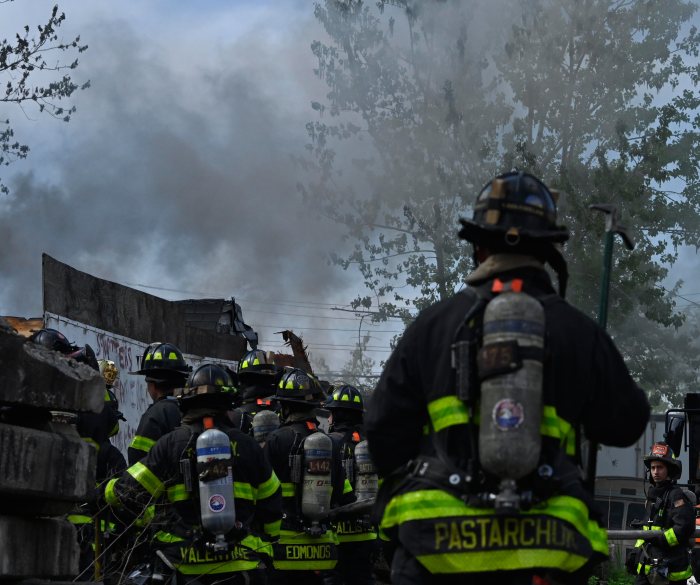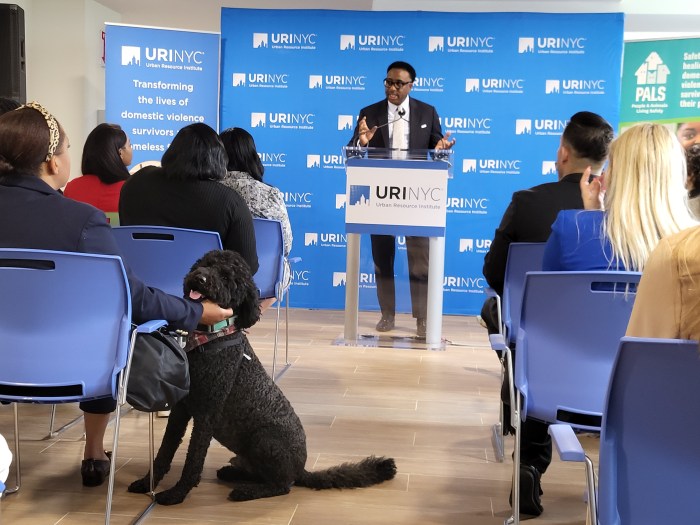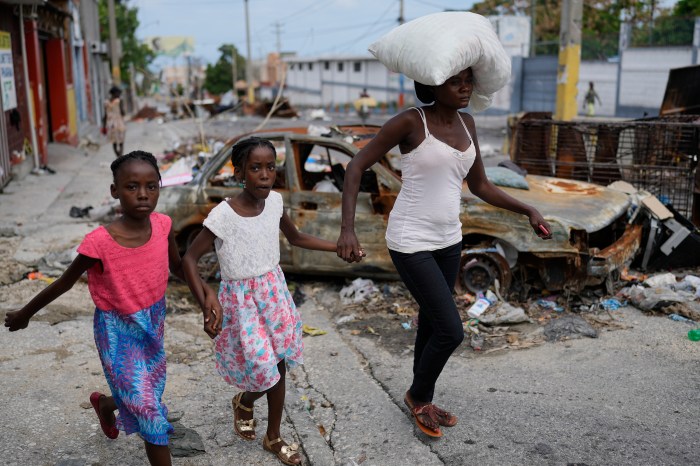Coinciding with National Transgender HIV Testing Day, a coalition of trans health organizations kicked off a bilingual PrEP awareness campaign on April 18 in an effort to spread the word about the HIV prevention medication to more transgender individuals.
The campaign, dubbed “My Body. My Life. My PrEP,” features video testimonials and social media graphics featuring trans individuals discussing why they take PrEP and reassuring others who may be skeptical or have concerns about side effects. While some videos are in Spanish, others are in English, and all of them have subtitles on YouTube to allow viewers to translate the video if necessary.
The awareness effort represents the latest edition of a joint campaign involving Amida Care, Colectivo Intercultural Transgrediendo, Community Healthcare Network (CHN), Destination Tomorrow, New Pride Agenda, and TransLatinx Network. The same organizations ran an awareness campaign last year under a similar slogan, “Your Body, Your Life, Your PrEP,” and that effort also specifically targeted transgender and gender non-conforming individuals.
The coalition of organizations announced the latest campaign at the Manhattan headquarters of the New Pride Agenda, a statewide organization working to improve the economic, health, racial, and gender identity justice needs of marginalized LGBTQIA+ individuals.
The overarching goal of the campaign is to bolster PrEP uptake among transgender individuals at a time when the medication is known for disparities and stigma, ultimately limiting its potential. Elisa Crespo, New Pride Agenda’s executive director, told Gay City News that the best way to reach the target audience is by meeting people where they are — and that includes turning to apps like Grindr and other platforms used for dating and hookups. The campaign will also seek to reach individuals through social media.
“We want to see more trans people — especially trans people of color — benefitting from PrEP, full stop,” Crespo told Gay City News.

The best way to combat stigma surrounding PrEP, Crespo said, is to educate individuals about it.
“Unfortunately, I think a lot of community members still aren’t aware of PrEP or feel like it’s inaccessible,” Crespo said. “[We’re] letting people know that here in New York, chances are you could get PrEP for free or low cost.”
Crespo said Amida Care — a private, nonprofit community health plan specializing in providing comprehensive health coverage to Medicaid members with complex conditions in New York City, including HIV/AIDS — took the lead in spearheading the awareness effort, but every group in the coalition played a role. Each organization, for example, nominated spokesmodels who starred in the campaign, and Crespo underscored the need for a campaign featuring trans representation given that the trans community is the target audience.
One of the spokesmodels, Shauna Brooks, told Gay City News about how much her life has improved since she was homeless a year ago after struggling with significant health issues. She heaped praise on Amida Care, saying they provided comprehensive support when she needed it the most — and now she’s in a position to help others. She said she had encouraged Amida Care to utilize her in a promotional campaign for PrEP so she could help inform others.
PrEP, she said, makes sense for her “because of the riskier lifestyle I live.”
“Because I’m a sex worker, activist, and advocate for transgender healthcare reform and sex work decriminalization, it just went hand in hand to take preventative measures to protect me at the end of the day,” Brooks told Gay City News.
Many of the videos show the spokesmodels in usual, everyday settings. One spokesmodel, Jaisen García-Castillo, is shown using a computer at home and explaining that he works and attends school full-time, but also enjoys spending free time with his wife.
“My wife is HIV-positive. She is a U=U ambassador,” García-Castillo said, referring to the separate campaign that says people who have an undetectable viral load cannot transmit HIV to others. “I myself use PrEP in order for me to have a safe and healthy life. It’s important for the transgender community to know about PrEP due to the stigma.”
Statistical realities demonstrate the need for such an awareness campaign. National research published by the Williams Institute of UCLA in 2020 found that just 3% of transgender people at high risk of HIV infection were taking PrEP and 48% of sexually active trans people were familiar with it.
“Barriers to PrEP for trans people include concerns about how PrEP might interact with hormones taken for gender affirmation,” Jessica Harvey, transgender & non-binary health navigator at Amida Care, said in a written statement. “There is currently no reason why PrEP and hormones cannot be taken together. In addition, recent reports have proven that PrEP is effective regardless of any gender-affirming surgeries.”
The task of addressing disparities in PrEP uptake has long been an uphill battle — especially among Black and Latinx men who have sex with men. In 2021, just 11% of Black individuals and 20% of Latinx folks who were eligible for PrEP received a prescription for it, according to the CDC, compared to a whopping 78% of white people. Men made up 34% of people on PrEP and women made up 12% even though about one-fifth of new HIV infections in 2021 were among women, according to the CDC.
In New York City in 2022, Black New Yorkers made up 43% of the new HIV diagnoses and Latinx New Yorkers represented 40% compared to 12% among white people, according to the New York City Health Department.
Men overwhelmingly represent the greatest share of new HIV diagnoses in New York City. Among the 1,624 new diagnoses in 2022, 1,280, or 79%, were among men and 289, or 18%, were among women. There were 52 new HIV diagnoses among transgender women, and three new HIV diagnoses among transgender men.
New developments in PrEP could pave the way for better access in the future, especially for individuals struggling with uptake — including those who have unstable housing. While PrEP is already available in the form of a daily pill, injectable PrEP was approved by the Food and Drug Administration (FDA) in late 2021 and only calls for a shot every other month.
Injectable PrEP is not yet widely covered by insurance plans, but last August, the US Preventative Services Task Force — which is an independent panel of experts responsible for reviewing evidence and issuing recommendations for preventative care — gave injectable PrEP an “A” rating, which means insurance providers will eventually be required to fully cover the shots.









